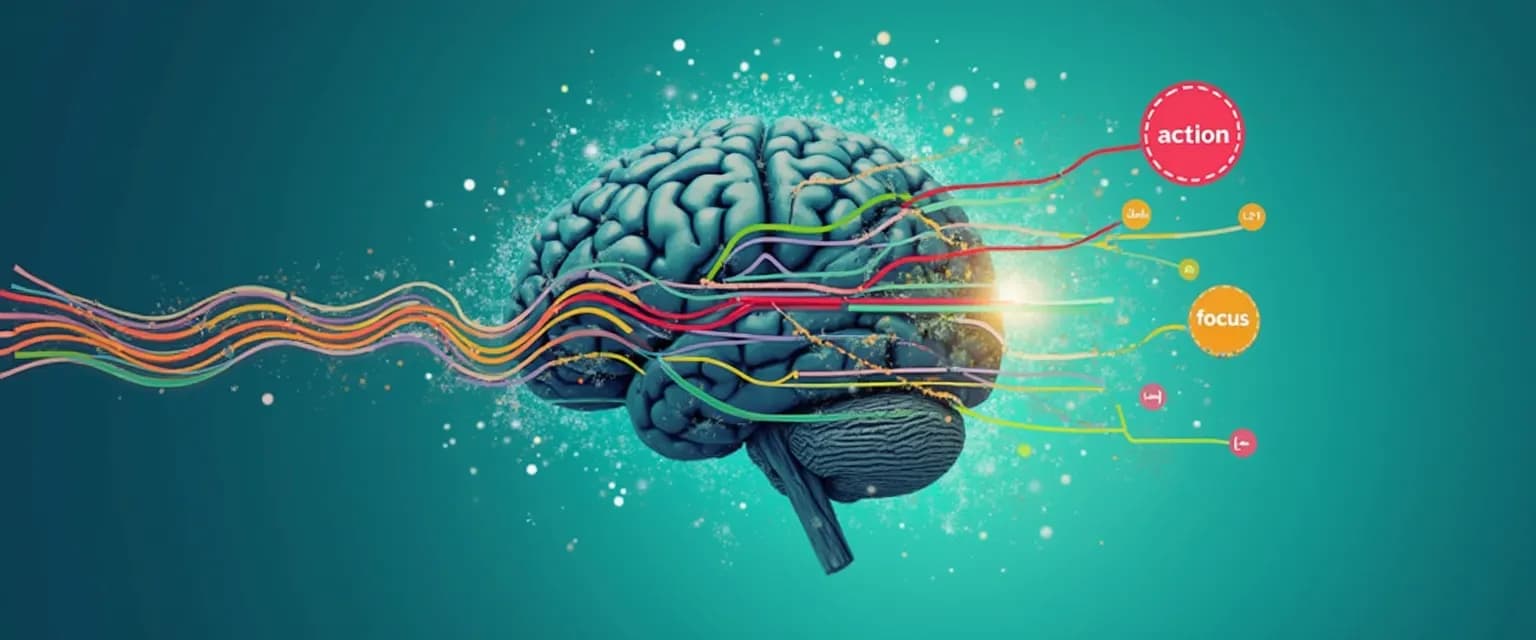Rewire Your Delay Habits: 5 Brain-Friendly Techniques to Beat Procrastination and Neurological Processing
Ever caught yourself putting off that important task, only to wonder why your brain seems wired for delay? You're not alone. Procrastination and neurological processing are deeply intertwined, creating patterns that can feel impossible to break. Our brains aren't designed for modern productivity demands—they're built to conserve energy and seek immediate rewards, which often conflicts with completing complex or challenging tasks.
The good news? Science has uncovered how our neural pathways influence procrastination, and better yet, how we can work with these pathways instead of against them. Traditional advice about "just pushing through" misses the mark because it ignores how our brains actually function. Understanding procrastination and neurological processing gives us a smarter approach to productivity—one that aligns with our brain's natural tendencies rather than fighting them.
The five techniques we'll explore tap into your brain's existing circuitry to overcome resistance and build lasting productive habits. Let's discover how to make your brain your productivity ally rather than your obstacle.
How Procrastination and Neurological Processing Are Connected
When you procrastinate, it's not simply a matter of poor discipline—it's your brain's reward system at work. The connection between procrastination and neurological processing lies in how our brains evaluate effort versus reward. Your brain's limbic system, which processes emotions and rewards, often overrides the prefrontal cortex (your planning center) when faced with challenging tasks.
This neurological tug-of-war explains why willpower alone rarely solves procrastination. Research shows that the prefrontal cortex experiences fatigue when making repeated decisions or facing complex tasks. This mental resilience challenge means that by afternoon, your brain's ability to choose difficult-but-important tasks diminishes significantly.
Traditional productivity advice often fails because it doesn't account for these neurological realities. Understanding procrastination and neurological processing reveals why simply trying harder doesn't work. Instead, success comes from aligning your productivity strategies with your brain's natural patterns, rather than fighting against them.
The dopamine system, which drives motivation and reward-seeking, plays a crucial role in task selection. Your brain naturally gravitates toward activities that provide immediate dopamine release (like checking social media) rather than delayed rewards (like completing a project). This explains why procrastination and neurological processing are so closely linked—and why effective solutions must address these underlying mechanisms.
5 Brain-Aligned Techniques to Overcome Procrastination and Neurological Processing Barriers
These science-backed techniques work because they align with your brain's natural processing patterns rather than fighting them:
1. Task Chunking
Breaking large projects into 25-minute segments reduces cognitive load and activates your brain's reward pathways more frequently. This technique works because it transforms overwhelming tasks that trigger avoidance responses into manageable pieces that your brain perceives as achievable. The completion of each chunk provides a small dopamine boost, maintaining motivation throughout the process.
2. Implementation Intentions
Creating "if-then" plans (e.g., "If it's 2 PM, then I'll work on my report for 30 minutes") bypasses decision fatigue by pre-committing to specific actions. These structured plans reduce the neurological processing load that contributes to procrastination by eliminating the need for in-the-moment decisions. Research shows these intentions make task initiation up to 3x more likely.
3. Strategic Dopamine Scheduling
Alternating between challenging tasks and small rewards works with your brain's natural reward system. This technique acknowledges the role of dopamine in procrastination and neurological processing by intentionally creating a reward structure that motivates task completion. Try the "10-minute rule"—commit to just 10 minutes of work, knowing you can stop after (though you'll likely continue).
4. Ultradian Rhythm Alignment
Working with your brain's natural 90-minute focus cycles maximizes productivity while minimizing resistance. This approach respects the biological basis of procrastination and neurological processing by aligning work periods with your brain's natural attention spans. Working intensely for 90 minutes followed by a 20-minute break optimizes productivity and habit formation.
5. Environmental Cue Optimization
Creating dedicated work environments that your brain associates exclusively with productivity reduces neurological resistance. This technique leverages how environmental triggers influence procrastination and neurological processing. Even something as simple as a specific playlist that signals "work time" to your brain can reduce anxiety and resistance to beginning difficult tasks.
Transform Your Productivity by Understanding Procrastination and Neurological Processing
These brain-friendly techniques create lasting change through neuroplasticity—your brain's ability to form new neural pathways. By consistently applying these strategies, you're not just working more efficiently; you're actually rewiring your brain's response to challenging tasks.
Start by implementing just one technique that addresses your specific procrastination and neurological processing patterns. The compound effect of aligning your productivity approach with your brain's natural tendencies creates momentum that makes each subsequent change easier.
Remember that sustainable productivity isn't about forcing yourself to work harder—it's about working smarter by understanding procrastination and neurological processing. Your brain isn't your enemy in the productivity battle; it's your most powerful ally when you work with its natural patterns rather than against them.




